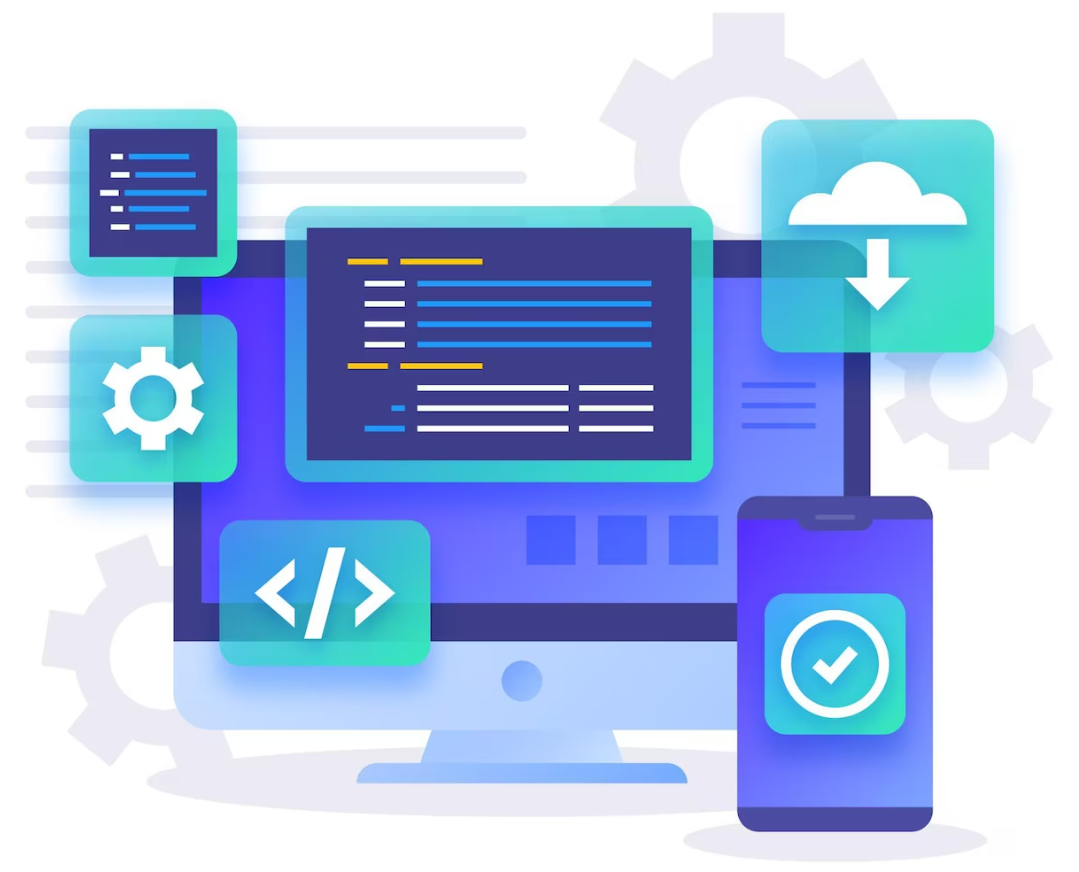How Many Languages Do You Need to Know to Be a Full Stack Developer?
| Time to read: 15 minutes

If you are here to find an answer, then you should probably start with one.
If you thought that it was a rhetorical question and you already know the answer, then you should probably think again because the answer is one. JavaScript is traditionally a client-side programming language supported by all modern browsers. Every8.Cloud uses JavaScript with an addition of data enriched functions to define the business logic of the applications developed and running on the platform.
As you probably already inferred, JavaScript is also our server-side language. This fact allows our partners and clients to develop complex business applications without having to learn multiple languages.Why is this important?
There are several benefits of using JavaScript to describe the server-side business logic, but the primary benefit is that it is the same language. In order to be a proficient developer on the Every8.Cloud platform, you need to know just one language and that language being JavaScript. This decreases the chance of coding errors, shortens the learning curve, eliminates the back and forth between language paradigms when coding in different languages.

Why you should use server-side logic versus client-side
There are two main reasons to use server-side logic and they are performance and security which actually always counts for a lot more than one. The client-side JavaScript code can be altered by an attacker. Server-side code is not accessible from the browser, it resides and runs on the server and not in the browser.

How does it work?
The best thing about all it, is that it just works. An internet access and a web browser are all you need to use it, anytime, from anywhere, from any device.
The runtime engine takes care of everything for you validating, converting, and running your JavaScript code on the server. The seamless client-server communication connects the frontend with the backend of your application and make it work as a cohesive whole.

To assure the fair usage of our cloud infrastructure we have limited the capabilities of the server-side code vs standard JavaScript. We do not support, and we do not plan to support all features of client-side JavaScript but the capabilities of our server-side JavaScript notation will surely impress you.
Happy coding!